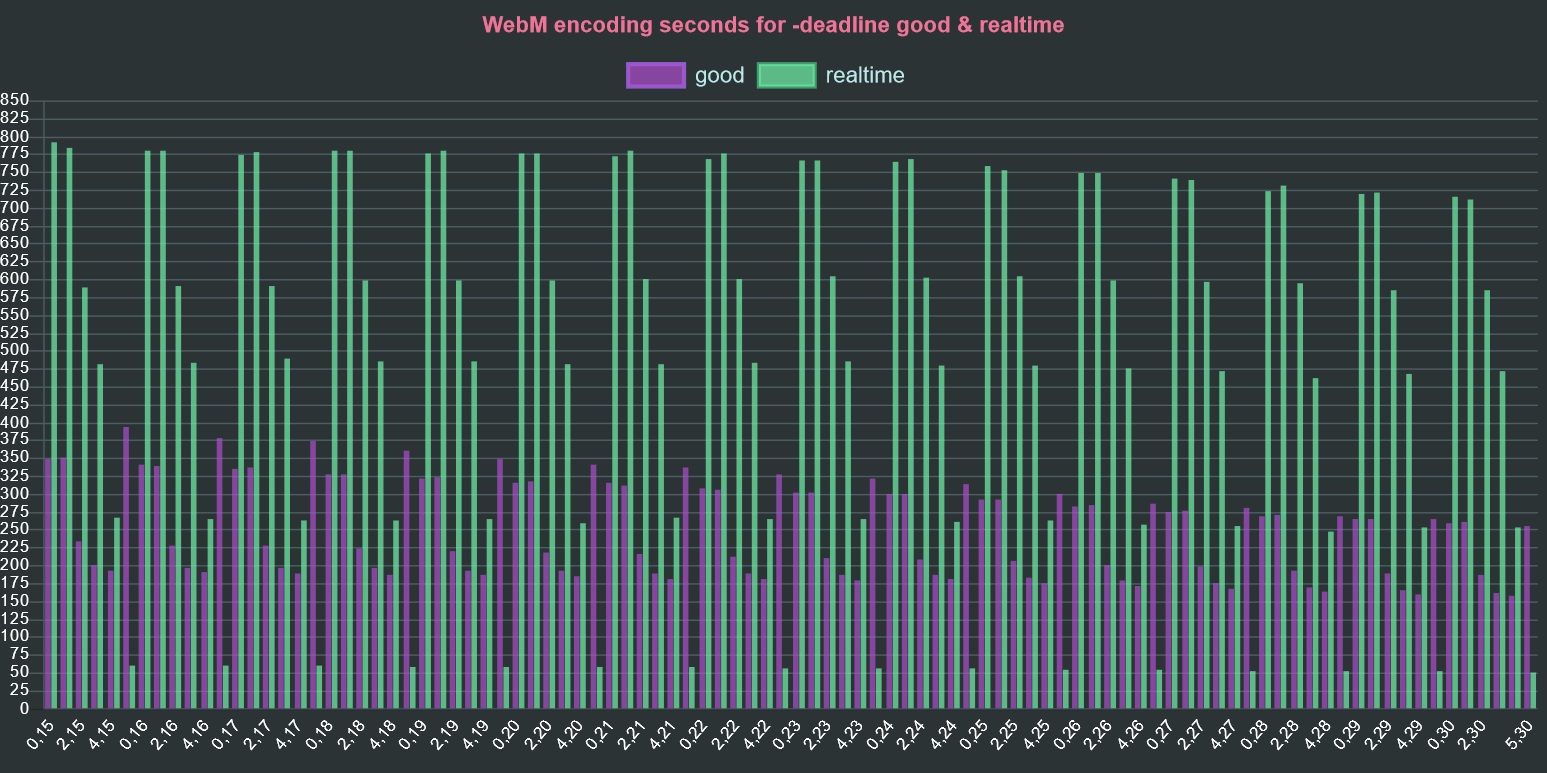

This is pretty simple, as described in this tutorial instructions.įfmpeg -i input.mp4 \ -c:v dnxhd \ -profile:v dnxhr_hqx \ -vf "scale=3840:2160,fps=24000/1001,format=yuv422p10le" \ -b:v 110M \ -c:a pcm_s16le \ output.mov Audio Transcoding My goal was to preserve the highest resolution and quality during the conversion or “transcode” to work with in DR16. Handbrake is a GUI front-end to ffpmeg and is awesome, I’m sure it could do it but I wanted something that I could run from a shell script and I wasn’t exactly sure what it was doing under the hood.

macOS will read mp4 in both DR16 (free version) and DR16 Studio (paid version).In the support notes of DR16 it states that : My goal is to edit and color correct my home videos in Davinci Resolve 16 ( DR16) but it turns out it doesn’t import these GoPro video files directly, at least not in the Linux free version.

How to Convert H.265 to H.264 in Handbrake.Not everything can read/play the new H.265 mp4.įYI, here are some great posts by havecamerawilltravel that you should read: since the H.265 mp4 is more space efficient you can save even more video to your memory card.nearly everything can read and play H.264 mp4 files.GoPro outputs video in H.264 mp4 containers and the Hero6 and Hero7 now can output in the more efficient HVEC H.265 mp4 container.

Ubuntu FFmpeg Update Please see the post on how I turned this into a script that can be executed on a file by right-clicking. So the intended audience should also be considered when selecting a keyframe interval.Converting mp4 to mov with FFmpeg in Ubuntu And I think it allowed a lot of users to watch video who previously weren't able to watch at all. I watched a presentation from Facebook where they said they use 5 seconds because the compression benefit over shorter GOP sizes gave users in slow network conditions (which includes massive numbers of people in developing countries like India) a better experience. Based on the files I've inspected, I'd say they're using a maximum kf interval of 5 seconds. Setting keyframes based on scene changes is still the best thing for compression efficiency, at least for non-live. Anything other than that would require storing the desired location of keyframes and telling the encoder to use those for every resolution version you're encoding. with x264 you can just construct an FFmpeg command with no-scenecut, set the keyint based on the fps, and you're done. There's no need to programmatically interface with the encoder, e.g. Just to add to this, a keyframe every X seconds is probably the standard because it's the most simple to implement.


 0 kommentar(er)
0 kommentar(er)
